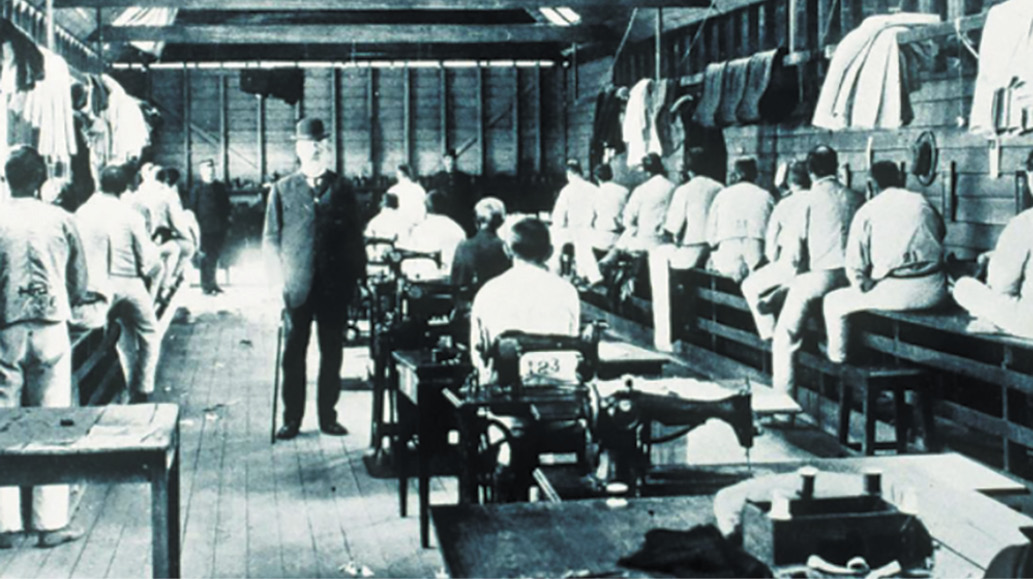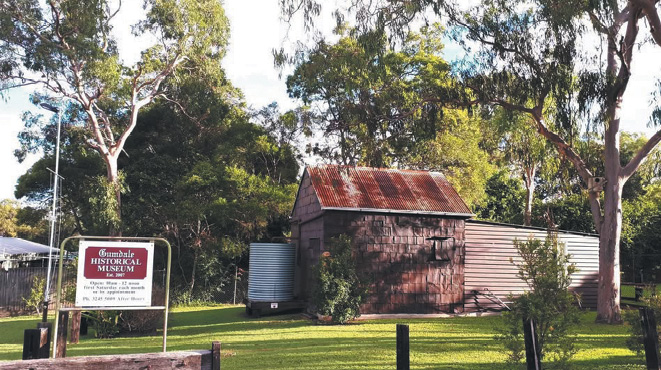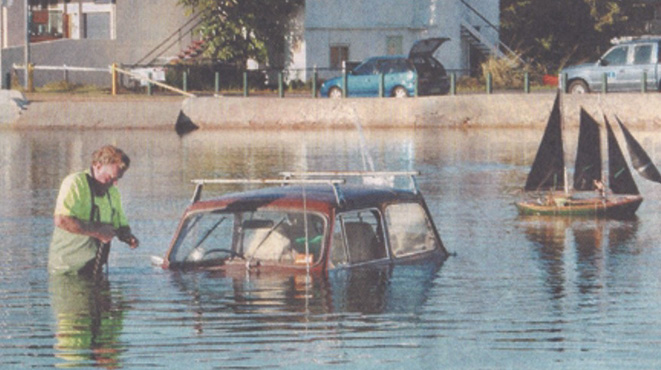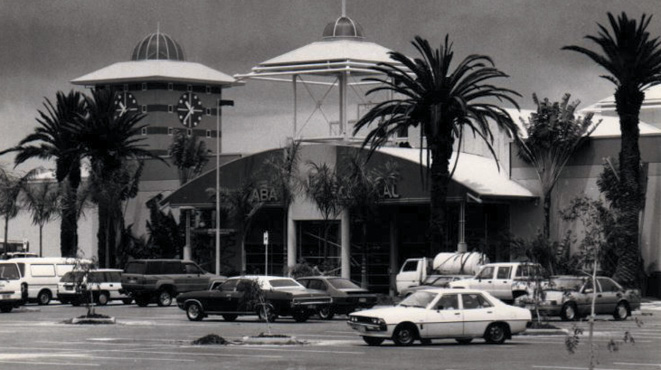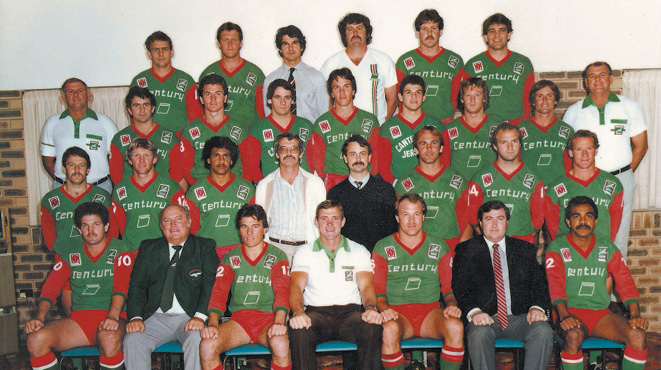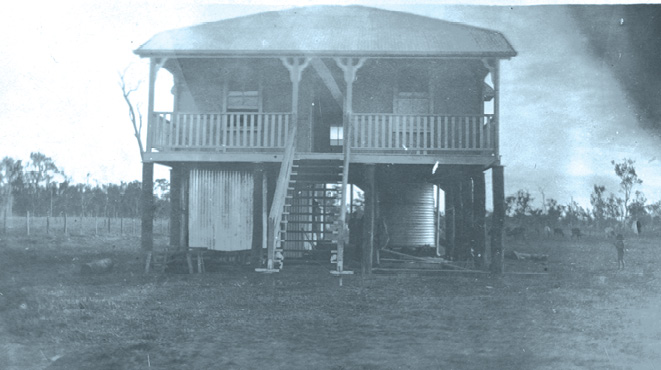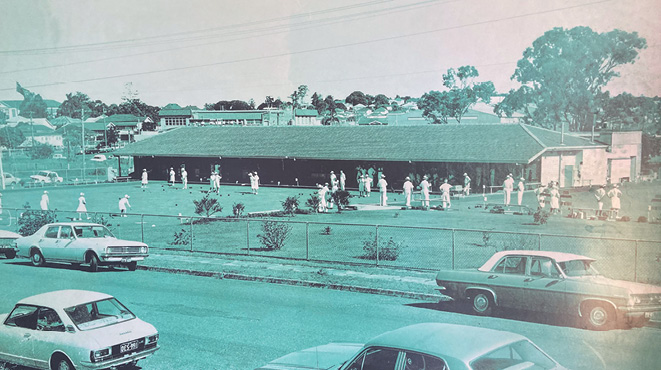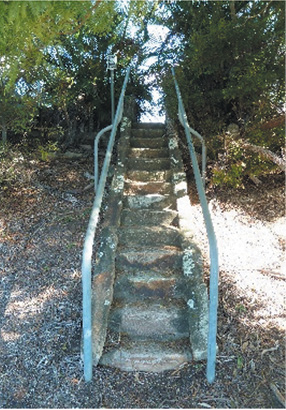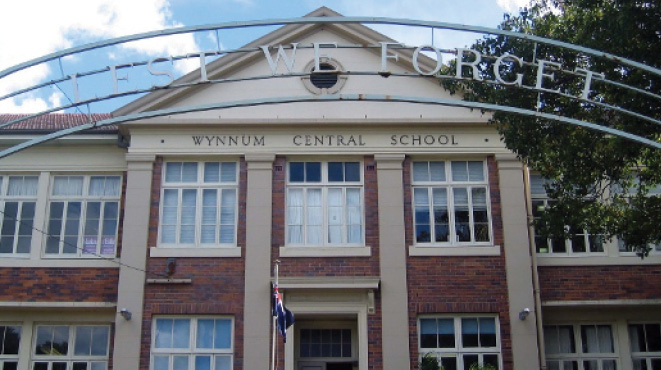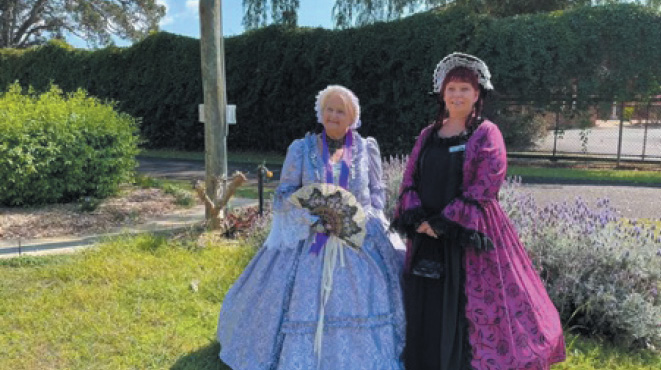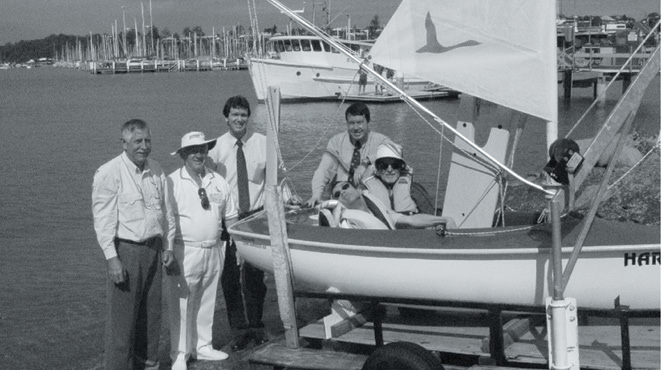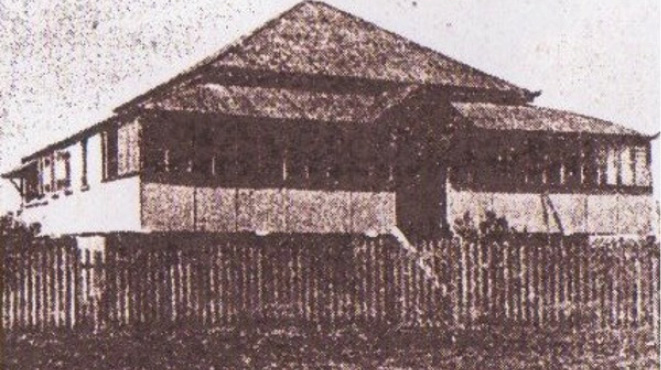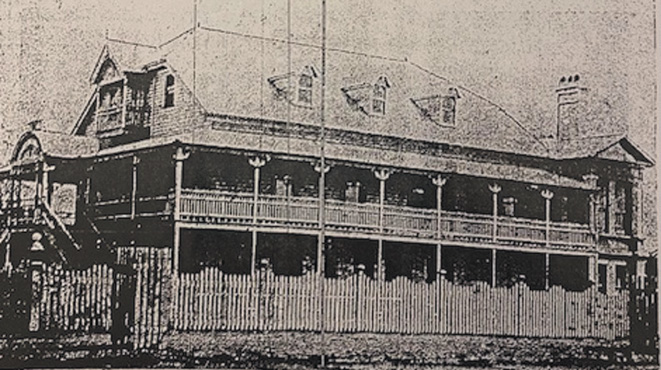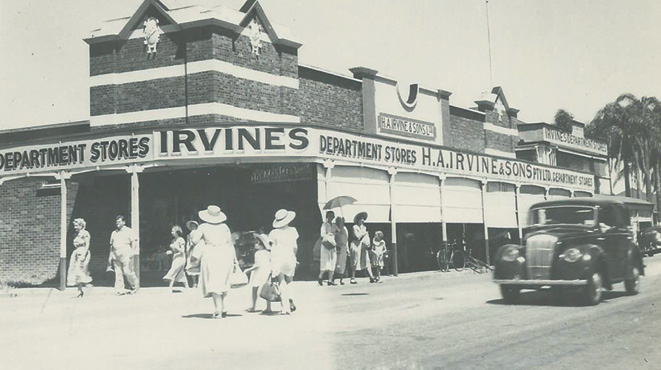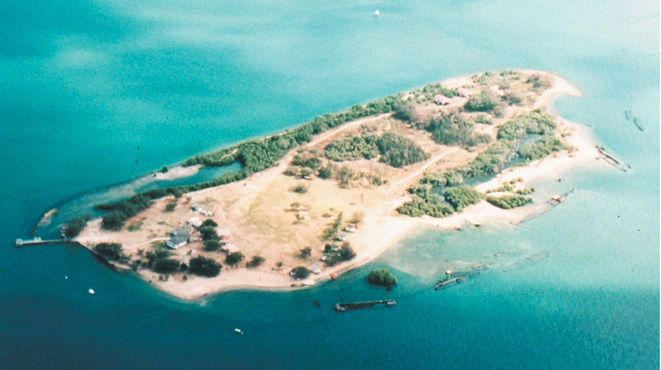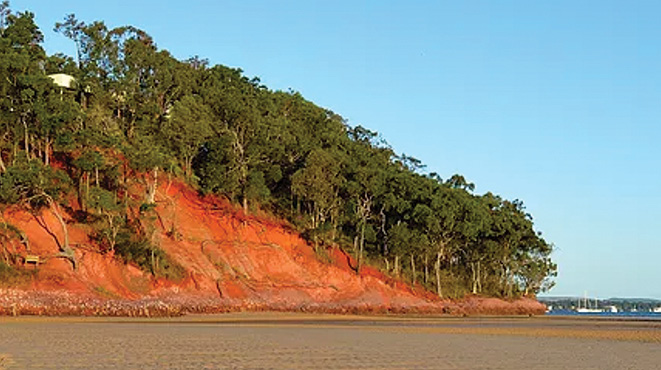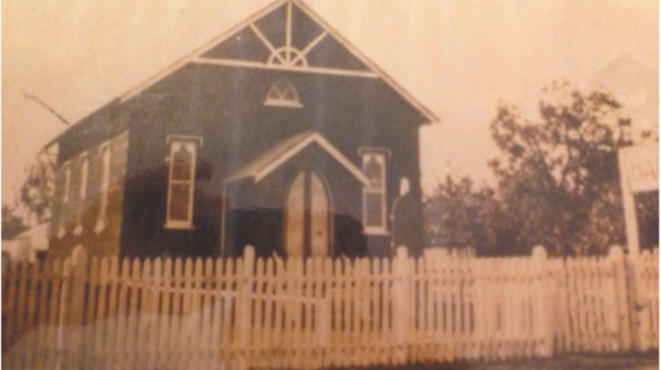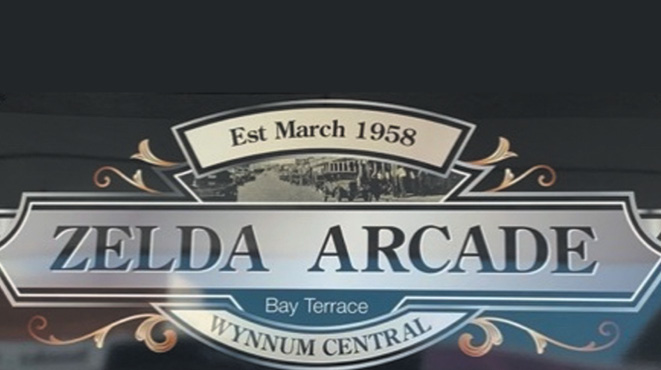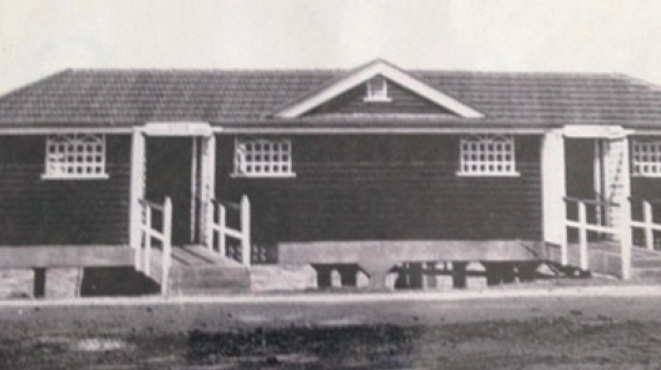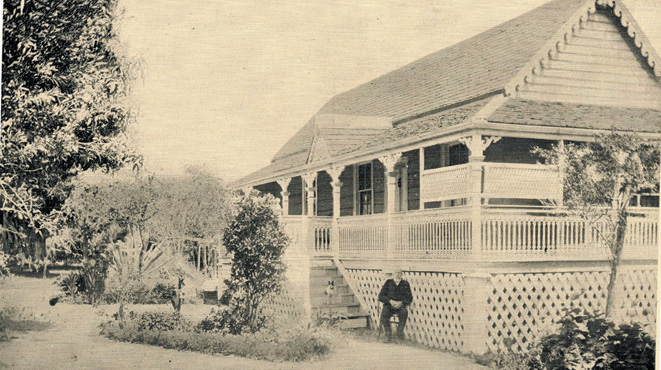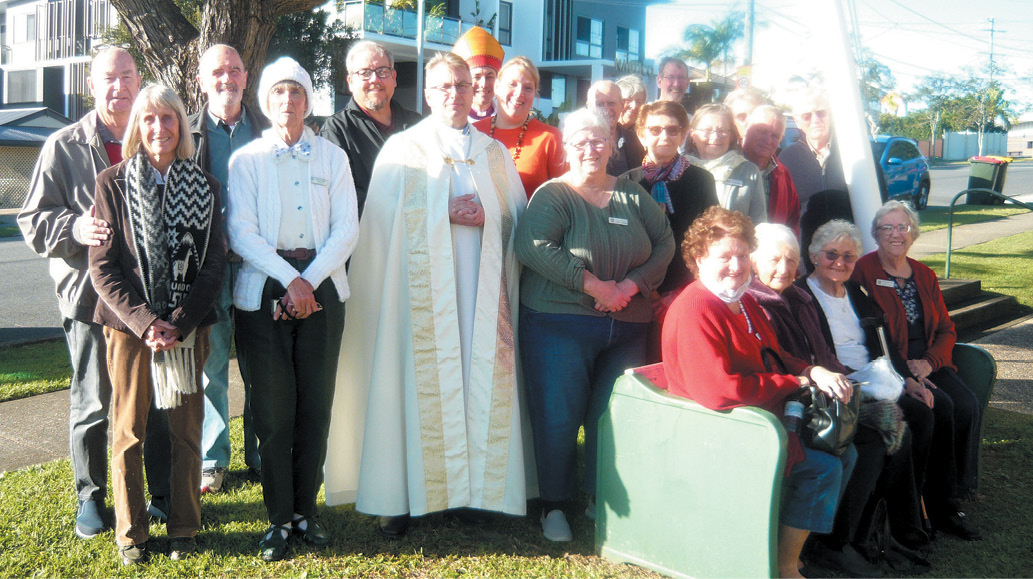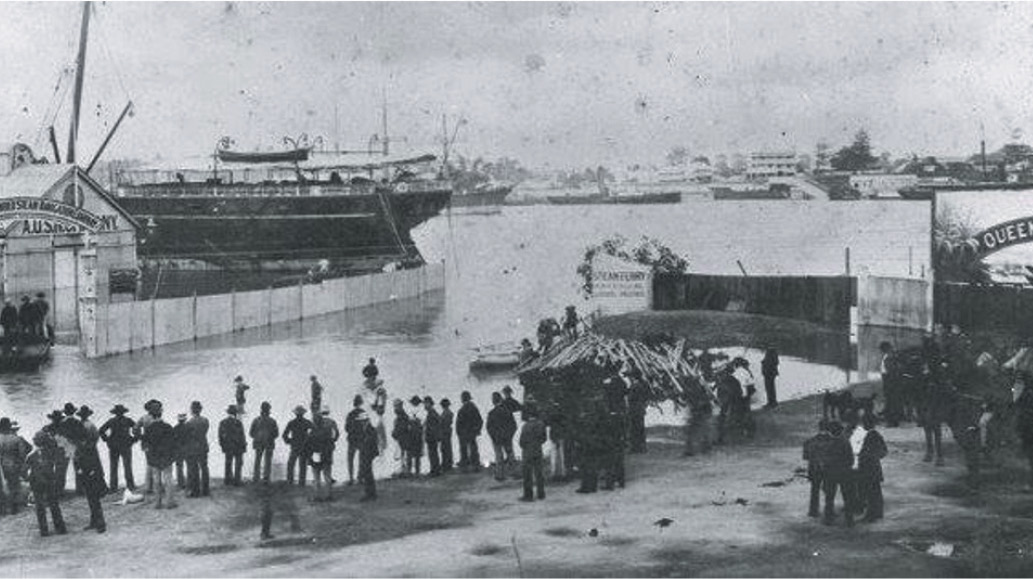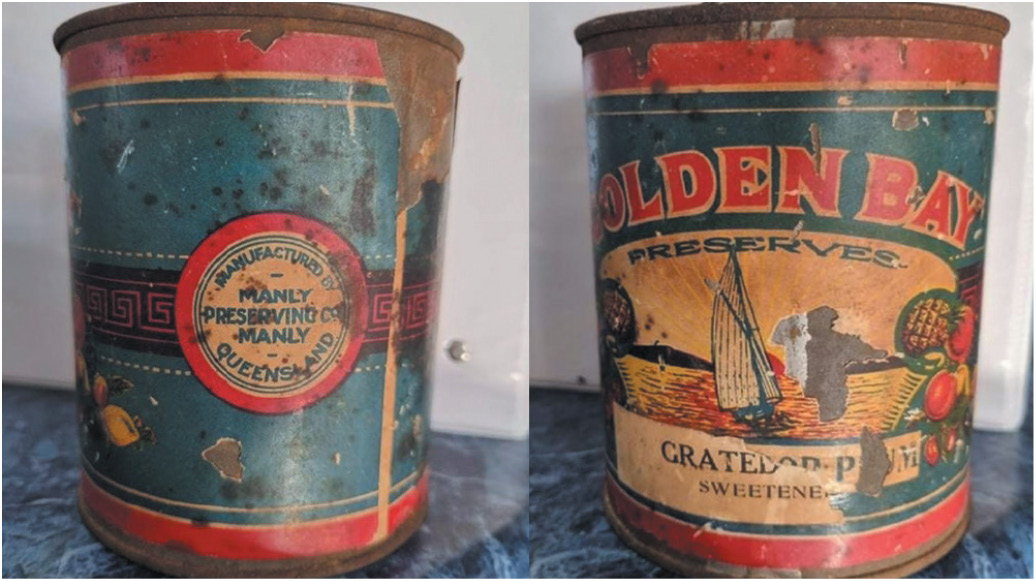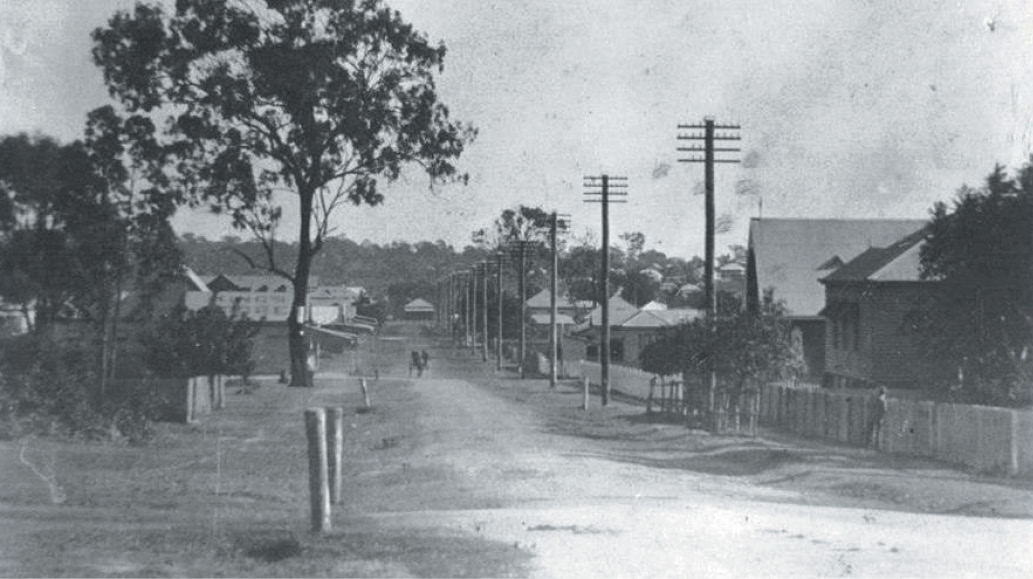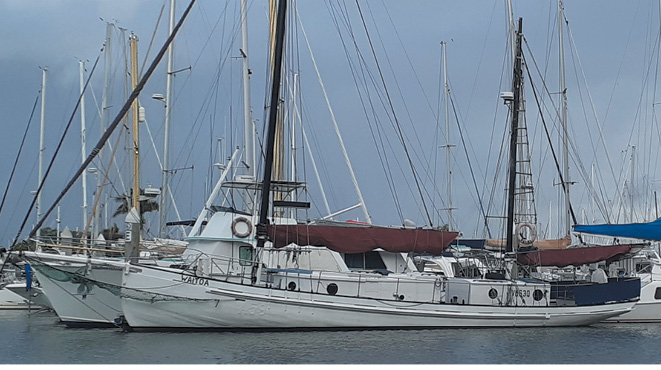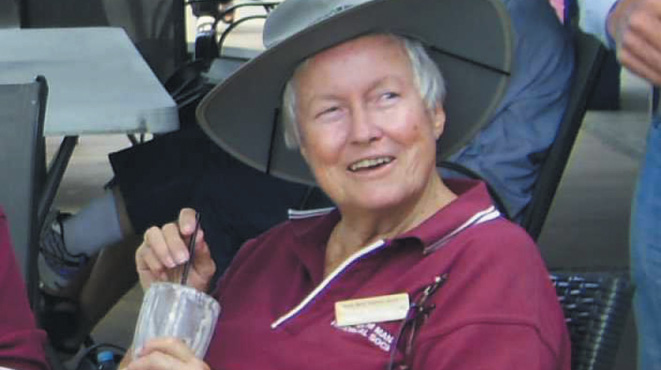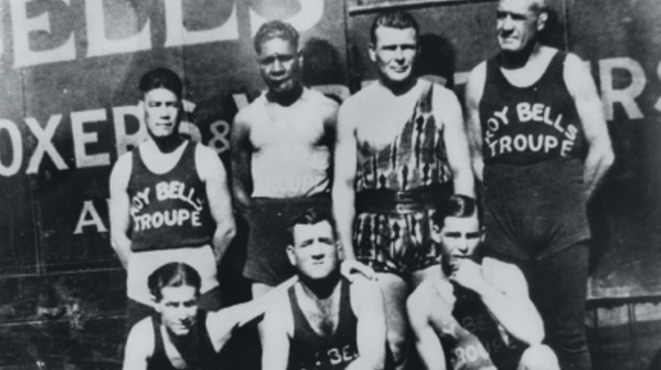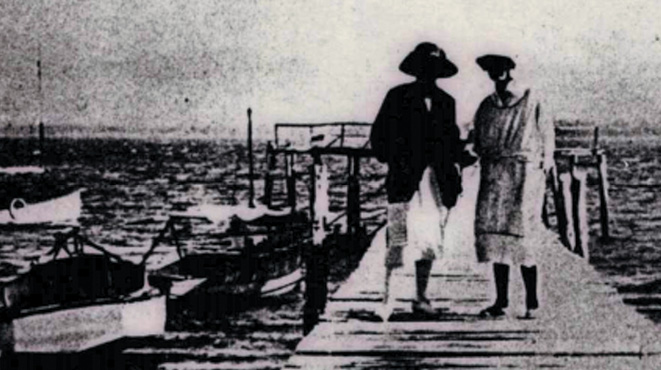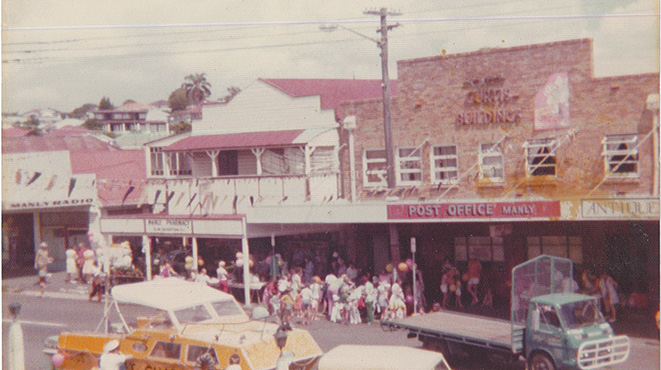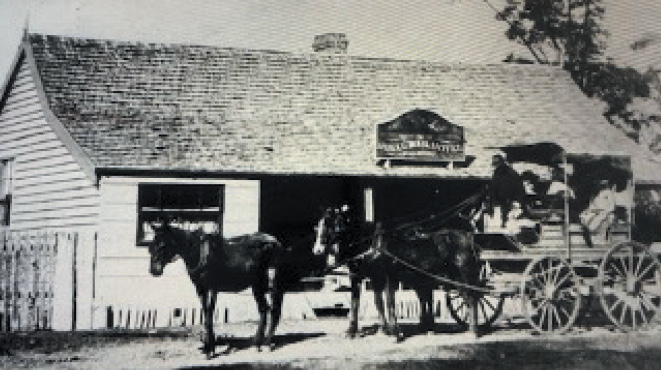Prisoners on St Helena Island making uniforms, circa 1900. Photo: Supplied.
BY JILL GREENHILL, WYNNUM MANLY HISTORIAL SOCIETY INC.
St Helena Island, only 4km from the mouth of the Brisbane River and clearly visible from Wynnum and Manly, was the most notorious of islands in the bay.
The island is composed of a broad flat platform of mud and sand which sits on a bed of old coral, as do Green Island and King Island. Originally the local Aboriginal tribes named the island Noogoon (place of the flying fox) due to the roosting of the flying foxes on the island.
In 1799 European explorer Lieutenant Matthew Flinders named this green island Green Island No. 2 during the initial exploration within Moreton Bay. He aimed to find the mouth of an inland river. He did not land on Noogoon, nor did he find an inland river.
Eulope, the Turrwan (or chieftain) of the Nunakal clan of the Quandamooka (Moreton Bay) people, resisted the European intruders when they arrived at Amity Point on North Stradbroke Island. As Eulope’s physical stature was similar to that of the French Emperor Napoleon Bonaparte, Eulope became known among the British military as “Napoleon”. As the fable goes, in 1827, Napoleon of Stradbroke Island “borrowed” a steel axe in Dunwich and was exiled to Noogoon for his crime. Henceforth, the island became known as St Helena, the name of the exile home of Napoleon Bonaparte.
In 1866 the island was chosen as a perfect site for a Queensland quarantine station. Prisoners from the hulk Proserpine, moored at the mouth of the Brisbane River, were rowed daily to work at the site, and two buildings were completed.
Due to the massive overcrowding of the Brisbane Goal in Petrie Terrace at that time, new buildings on St Helena were modified for use as a goal.
More buildings were constructed on the island, made of timber, others of the soft beach stone, quarried from the southern flats of the island. Bricks were moulded from island clay mixes. A lime kiln was built in 1896 to burn coral and make lime.
On the 14th of May 1867, the Governor of Queensland signed a proclamation declaring the island “a place whereat offenders under the order of hard labour may be detained”. St Helena became Queensland’s showpiece prison. John MacDonald was the first Superintendent with a staff of five and a military guard of 12 officers. Opening with 60 prisoners, the number of inmates soon increased to 140, rising to 300 persons by 1869.
The early prison years were the toughest, with severe punishments involving the lash and the dreaded dark underground cells. Very few prisoners escaped; only three disappeared without a trace. Two were drowned or taken by sharks.
The Leaders of the Shearers’ Strike in 1891 were imprisoned on St Helena. And the leader of the shearers, William Hamilton, served three years in goal on the island. In 1915 William Hamilton became President of the Queensland Legislative Council and visited the island in a vastly different capacity.
By 1900 the St Helena Establishment accommodated 330 prisoners and operated as a self-sufficient unit. The prisoners were taught carpentry, boot making, tailoring, tinsmithing, bread making, and butchery. Vegetables thrived in the rich soil. The sugar mill crushed locally grown sugar. The most successful outcomes were the sugar cane, the growing of olives, and the prize-winning Ayrshire dairy herd, introduced in 1892.
Though once an example of a most successful prison institution, by 1920, problems were arising. The prison was ageing. There was the danger of fire. The buildings were of 19th-century design and did not accommodate new ideas in prison reform. Families of the warders had been moved to the mainland by 1890, which caused dissatisfaction amongst the staff.
The hardened prisoners were moved to Boggo Road Gaol, built in 1889. By 1920 St Helena was a prison farm. The few remaining prisoners slowly dismantled the ageing buildings. Suitable building materials were taken over to the mainland for recycling. Only a few of the original buildings remain. The cattle were auctioned off on the 22nd of May 1931. The last prisoner left the island on the 15th of June 1933.
On the 1st of December 1933, the island was opened to the general public for recreation under the auspices of Brisbane City Council. A passenger service was established from Wynnum Jetty. However, these were the Depression years, and the venture failed, closing in
1934. The island was handed back to the State Government in 1939 and leased as a dairy farm until 1973. 4IP Radio Ipswich leased part of North Point to build a radio station in 1974.
The island was gazetted as a National Park on the 1st of October 1978, then as a historical area on the 7th of October 1979. The first Park Ranger was appointed in 1981.
Coral dredging commenced on the eastern side of the island in1983. The barges of coral were taken via the Brisbane River to the processing plant at Darra. Following much public protest, this work ceased in 1988. The island was added to the Queensland Heritage Register in 1992.
In October 1986, a new, long jetty was opened on the southwestern point. A horse-drawn wagon conveyed visitors up the hill to view the remains until 1996 when the local Rotary Club took over with their diesel-powered train. This service could not be run at a profit and closed in 2002. The Queensland Prison and Penal Historical Association was formed in 2004 to provide tour guides, compile research, and promote the island.
Today the island is under the care of the State Government’s Parks and Wildlife Department, with the park warden operating out of Fort Lytton. Some excellent tours depart from Many Boat Harbour.

